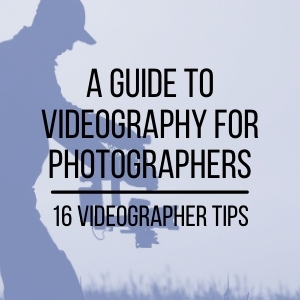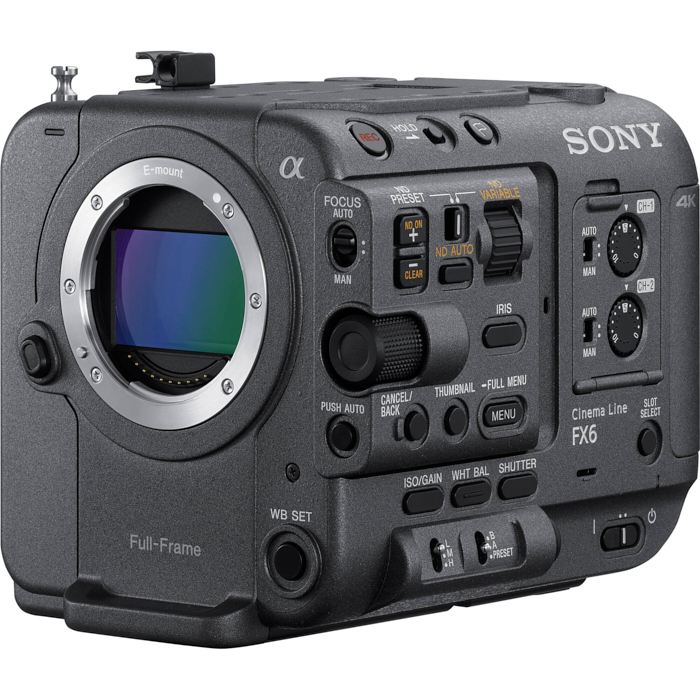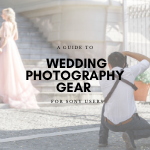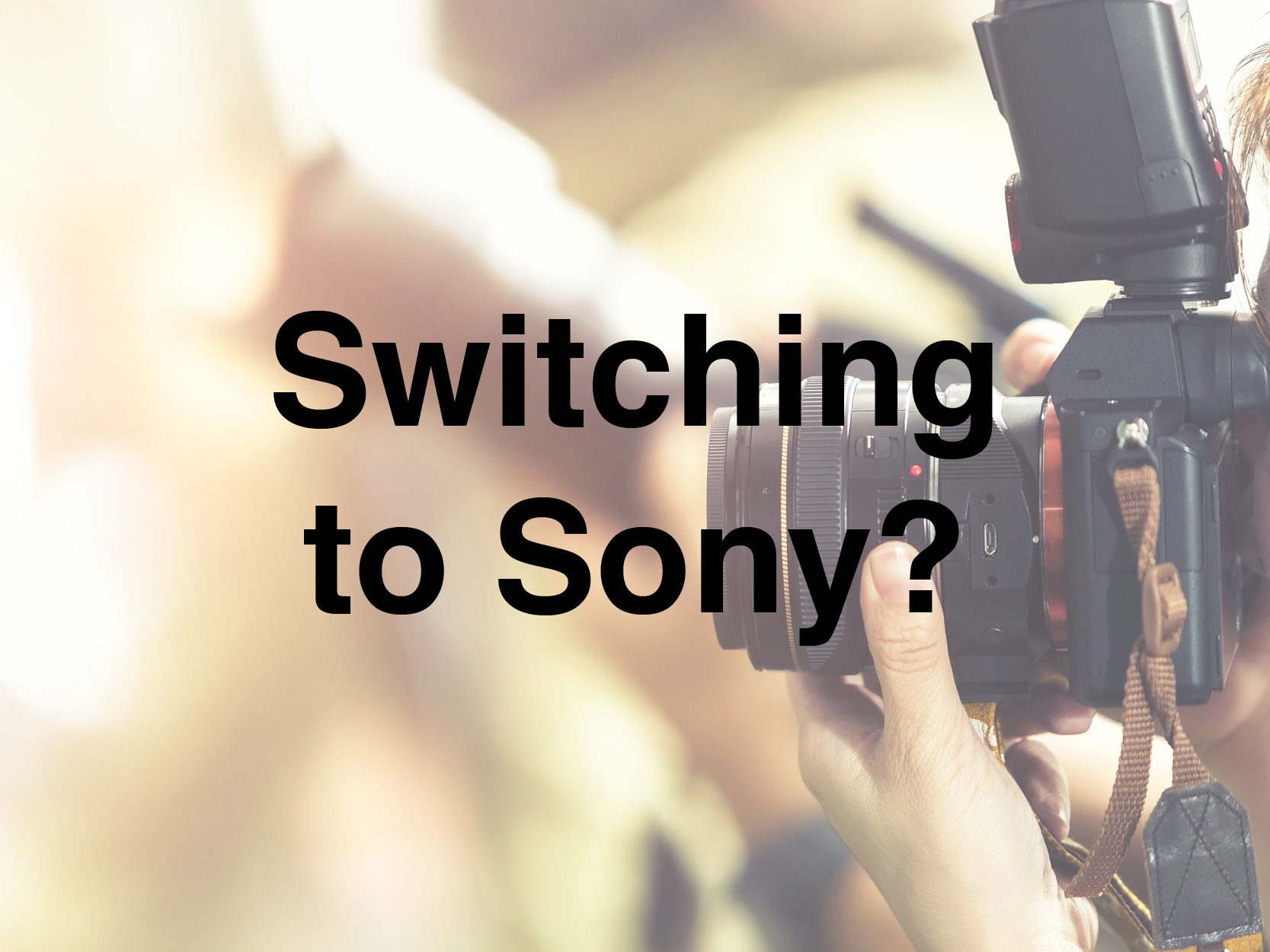Switching camera brands can be slightly daunting. During the summer of 2019, I made the change, latching on to my receipt, almost sure I'd be taking my new Sony back. At first, the menu system boggled me, and I spent a few hours watching YouTube tutorials navigating me through what felt like endless pages. After about two weeks and a few weddings, I was feeling comfortable and already favoring the new Sony, barely picking up my Canon. Since my switch, other photographers have asked about my experience. Here are some of the topics they bring up the most:
The Size:
Mirrorless cameras certainly are smaller than DSLRs. While the weight actually isn't that big of a difference, especially when you slap heavy glass on, the camera body size is a plus. While no Sony A7RIV will fit in your pocket, the slimmer size comes in handy when traveling, squeezing into smaller bags, and taking up less room.
The Digital Viewfinder:
The digital viewfinder on mirrorless cameras is a game-changer. When camera settings are altered, the screen changes to reflect what the photo will look like, whereas the optical viewfinder on a DSLR only reflects the world as you see it.
Set time aside to learn the menu system:
At first, learning the Sony interface drove me bonkers; it seemed like there were 3 to 4 more steps than I wanted to change specific settings. For instance, if you're going to shoot a long exposure, you'll have to turn on single-shot mode versus rapid-fire to access the bulb setting - who knew? Or if you're photographing a quiet, intimate ceremony and you realize you're not on silent shutter mode, good luck locating that in the menu off the top of your head. That said, I would pick up a new Sony and expect to photograph a wedding with it the very next day.
Despite the initial confusion with the menu, you'll become accustomed to it over time. Sony cameras have customizable buttons on the exterior, cutting downtime in the menu and streamlining your workflow.
You don't have to give up all your favorite lenses:
My shift over to the Sony world has been gradual. I only purchased the body and converter for my Sigma glass instead of buying new lenses for the first few months. What I discovered was my Sigma lens focused just as well on my new Sony for photography. There are converters for other Nikon and Canon glass as well.
You can try a converter here:
Metabones Smart Adapter Mk IV Canon lens to Sony E body
Metabones Speed Booster Ultra 0.71x - Canon Lens to Sony E body
Eye Autofocus:
Hop on YouTube, and you'll find vloggers going battle royale over which system has the best Eye Autofocus in every obscure fashion you can imagine. You'll find great Eye Autofucs on Nikon, Canon, and Sony - you really can't go wrong here.
Sony is Faster (currently):
Whether it's sports photography or just capturing a bride tossing a bouquet, Sony has the upper hand for the time being, with the A9 capturing 20 frames per second with continuous autofocus. In comparison, the Canon EOS 1Dx is 14, and their mirrorless line isn't very impressive in this regard (but maybe something good is on the way?). While this isn't necessary for most scenarios, it leaves you feeling confident that you have the right moment captured.
Battery life:
It's not a secret; battery life on mirrorless cameras is not impressive. The Sony professional line is rated at roughly 650 shots before the battery dies. In contrast, professional DSLRs are usually closer to the thousands, and top of the line could be even 4,000 shots. However, in the world of mirrorless Sony has an upper edge on Canon with longer battery life. Bottom line: Expect to purchase additional batteries before taking off for a wedding or long event.
The Color Science Argument
There is a difference, and it's even more noticeable when using Sony glass on a Sony camera. Using either Canon or Sigma glass tends to have a closer match to Canon cameras. However, if you're editing moody and dark, the differences tend to matter less. For photographers wanting real-world colors for portraiture, you may put in a little extra time to correct the coloration.
The Price vs. Features:
When I was on the market for my new mirrorless, money was a factor, and I wanted to get the most bang for my buck. The price point of Canon mirrorless models, in comparison with their functionality, underwhelmed me. Sony had better battery life and the upper hand when it came to video.
Rent Before You Buy:
If you didn't see this pitch coming, do you even know what blog you're on? All jokes aside, this is smarter than jumping into a relationship with a camera it turns out you can't stand. I rented both the Sony A9 and the Canon 1Dx II for video and photo projects before committing, and I'm glad I did. While both are phenomenal cameras, lugging around the Canon 1DX II was just a little too much for me, whether it was on my gimbal or my camera sling.






